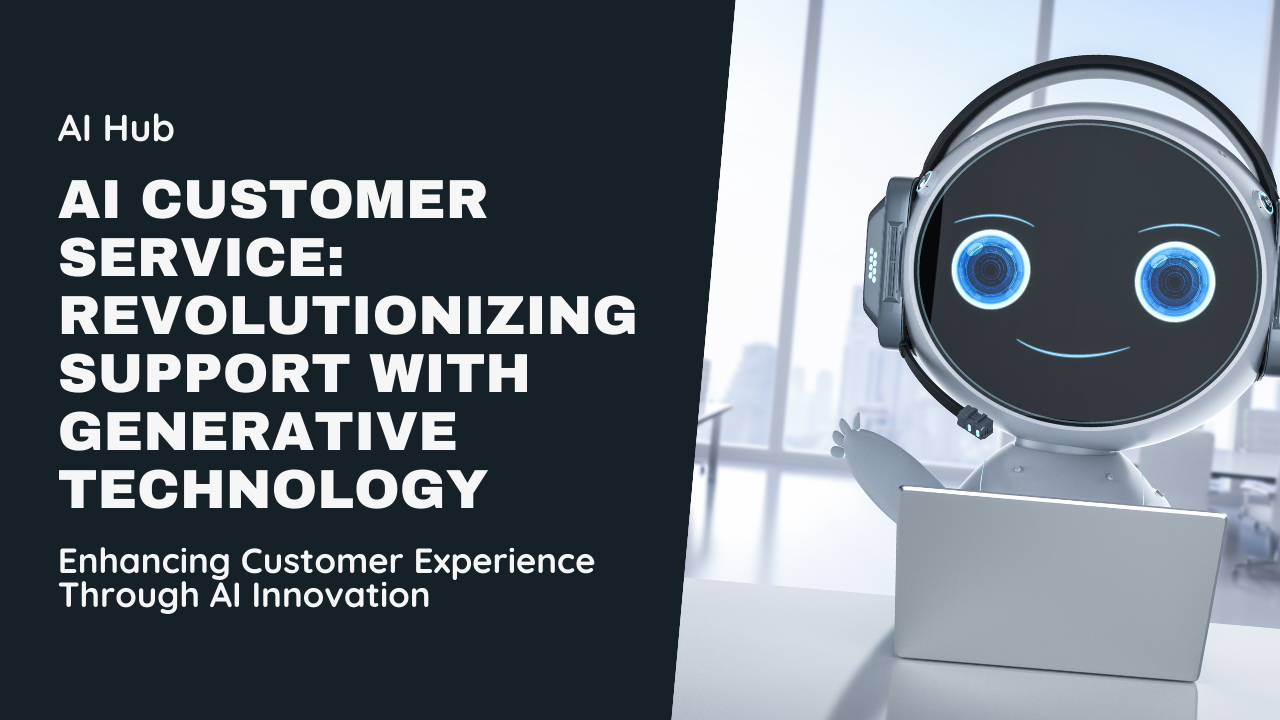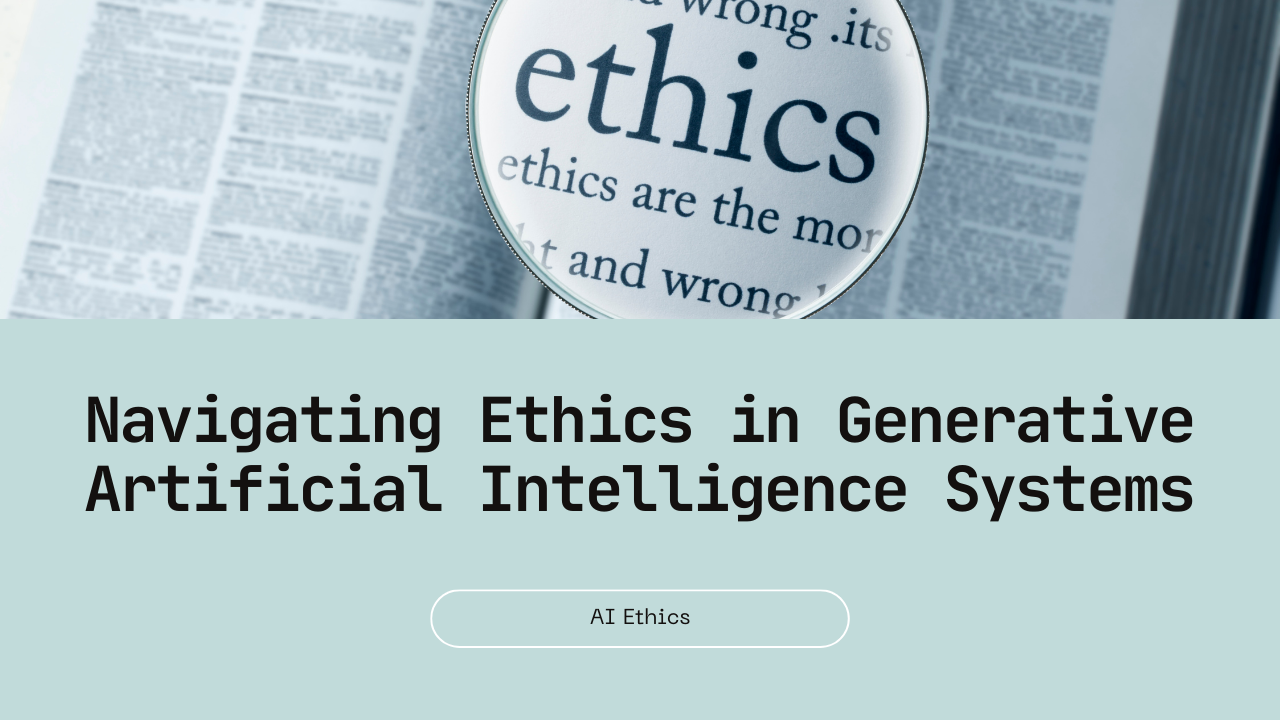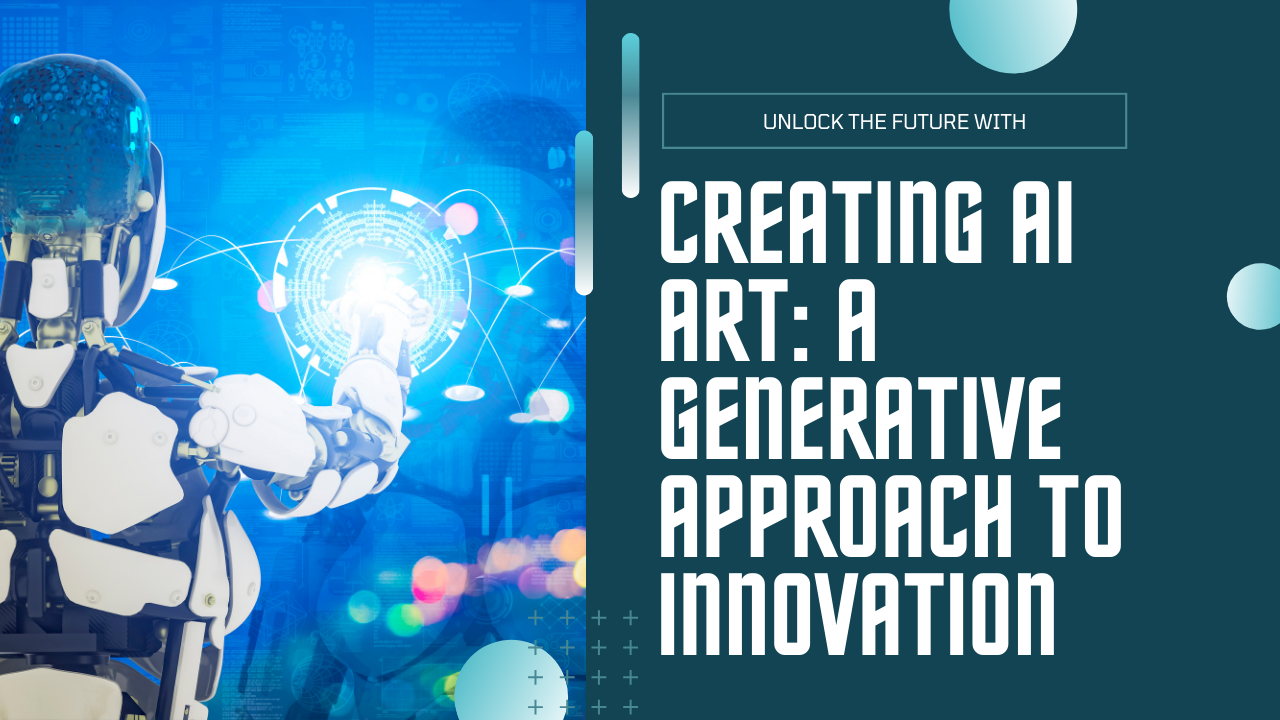In today’s digitally-driven world, customer service plays a pivotal role in shaping customer satisfaction, loyalty, and brand reputation. With the advent of artificial intelligence (AI), particularly Generative AI, businesses can revolutionize their customer service strategies by automating responses, personalizing interactions, and delivering exceptional service experiences. This blog explores the practical applications, benefits, implementation strategies, and future trends of using Generative AI in customer service to drive operational efficiency and customer engagement.
Understanding Generative AI in Customer Service
Generative AI leverages advanced machine learning techniques to generate new content, responses, and solutions autonomously based on learned patterns and data inputs. In customer service, Generative AI enhances responsiveness, scalability, and personalization by automating routine inquiries, providing real-time support, and predicting customer needs through sophisticated algorithms and natural language processing (NLP) capabilities.
Applications of Generative AI in Customer Service
1. Automated Customer Support
Generative AI powers automated chatbots and virtual assistants that handle customer inquiries, FAQs, and troubleshooting requests 24/7. AI-driven chatbots engage customers in natural language conversations, provide instant responses to common queries, and escalate complex issues to human agents when necessary, ensuring prompt and efficient service delivery.
2. Personalized Recommendations and Assistance
AI-driven recommendation engines analyze customer preferences, purchase history, and behavioral data to deliver personalized product recommendations, service offerings, and promotional campaigns. Generative AI tailors customer interactions based on individual preferences, enhancing engagement and satisfaction by anticipating customer needs and preferences proactively.
3. Sentiment Analysis and Customer Feedback
Generative AI algorithms analyze customer sentiment, feedback, and social media interactions to gauge customer satisfaction levels and identify potential issues or trends. AI-powered sentiment analysis tools capture and interpret customer emotions, enabling businesses to respond promptly to feedback, mitigate negative experiences, and enhance service quality based on actionable insights.
4. Voice and Speech Recognition
AI-driven speech recognition technologies enable hands-free customer interactions through voice-activated assistants and interactive voice response (IVR) systems. Generative AI enhances voice recognition accuracy, understands natural language commands, and facilitates seamless communication channels, empowering customers to resolve queries and access information effortlessly.
Benefits of Using Generative AI in Customer Service
- Enhanced Operational Efficiency: Reduces response times, streamlines customer inquiries, and automates repetitive tasks, allowing human agents to focus on complex issues and strategic initiatives.
- Improved Customer Satisfaction: Enhances service availability, responsiveness, and personalization, leading to higher customer satisfaction ratings, loyalty, and retention rates.
- Scalability and Cost Savings: Scales customer service operations effectively, handles peak demand periods, and reduces operational costs associated with manual support processes.
- Data-Driven Insights: Generates actionable insights from customer interactions, feedback, and behavioral data to optimize service strategies, predict customer behavior, and drive informed decision-making.
Implementing Generative AI for Customer Service
1. Identify Use Cases and Objectives
Define specific customer service challenges, goals, and use cases where Generative AI can add value, such as improving response times, enhancing personalization, or automating repetitive tasks.
2. Select the Right AI Tools and Technologies
Choose AI platforms, chatbot frameworks, or NLP libraries that align with your business requirements, technical capabilities, and scalability needs for implementing Generative AI in customer service.
3. Data Preparation and Training
Collect, clean, and label customer data, interaction logs, and knowledge bases to train AI models effectively. Implement data augmentation techniques, enhance data diversity, and ensure data privacy and security compliance.
4. Integration and Deployment
Integrate Generative AI solutions into existing customer service channels, websites, mobile apps, or social media platforms. Test AI models, refine algorithms based on performance metrics, and deploy solutions gradually to ensure seamless user experiences and operational readiness.
Future Trends and Innovations
As Generative AI evolves, advancements in natural language understanding, predictive analytics, and emotional intelligence will further enhance AI-driven customer service capabilities. Future innovations may include AI-powered empathetic responses, predictive customer behavior modeling, and seamless omnichannel experiences that anticipate and exceed customer expectations.
Case Studies: Successful Implementation of Generative AI in Customer Service
Case Study 1: AI-Powered Chatbot for E-commerce Support
Challenge: An e-commerce retailer aimed to improve customer engagement and support efficiency during peak shopping seasons.
Solution: Deploying a Generative AI-powered chatbot equipped with natural language understanding and personalized recommendation capabilities to assist customers with product inquiries, order tracking, and personalized shopping experiences.
Outcome: The AI-driven chatbot reduced customer response times by 50%, increased conversion rates by 30%, and enhanced customer satisfaction scores, demonstrating the impact of AI in enhancing e-commerce customer service operations.
Case Study 2: AI-Driven Voice Assistant for Telecom Customer Support
Challenge: A telecommunications provider sought to enhance customer service accessibility and operational efficiency across diverse service offerings.
Solution: Implementing an AI-driven voice assistant integrated with IVR systems to handle service inquiries, bill payments, and technical support requests via voice commands and natural language interactions.
Outcome: The AI-powered voice assistant achieved a 40% reduction in call handling times, improved first-call resolution rates by 25%, and optimized resource allocation in customer support operations, showcasing the value of AI in telecom customer service innovation.
Conclusion
Generative AI represents a transformative opportunity for businesses to elevate customer service standards, foster meaningful customer relationships, and drive competitive advantage in an increasingly digital marketplace. By harnessing the capabilities of Generative AI, organizations can deliver seamless, personalized customer experiences that anticipate and exceed expectations, paving the way for sustained growth and customer-centric innovation.
Contact Sodio Technologies today to explore how Generative AI can revolutionize your customer service strategies, enhance operational efficiencies, and empower your organization to thrive in the era of AI-driven customer experiences.







